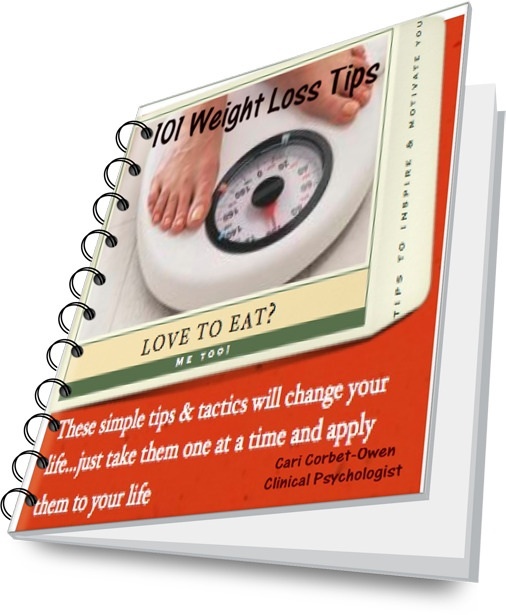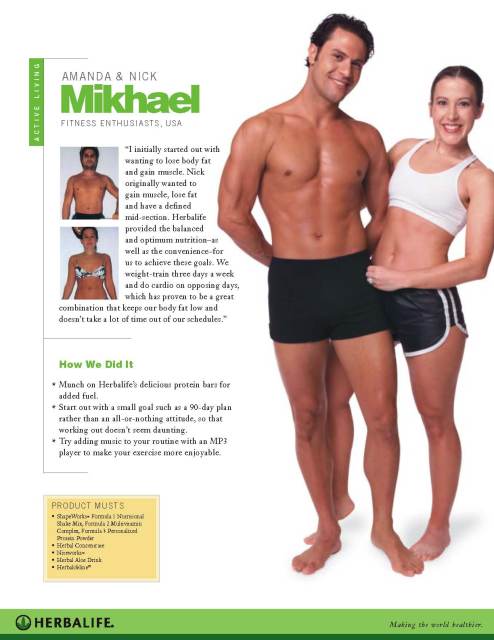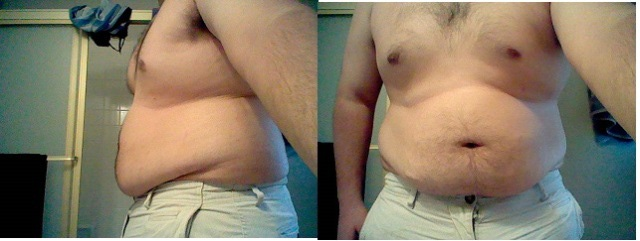Waist control without calorie restriction
Question
I have pretty much been obsessed with the numbers on the scale for the last 10 years. I have always felt my best, clothes fit the best, and I look my best at 170 lbs. And, that is the weight that I have had to be at to achieve a 32" waist. I am a male, 29 years old, 6' 2" tall, medium build, current weight of 220 lbs with a waist of 39". I have tried about every "diet" out there, with minimal results and then gaining all of the weight back, plus. The last time I was at 170 was about 8 years ago & that was on the Atkin's/Grapefruit diet. I am to the point to where a "diet" is not going to work for me, which leads me to my question.
I have decided to stop focusing on what the scale says and more on what my waist size says. I know that the more muscle you put on the more calories your body burns at "idle". So, how much muscle would I have to put on to maintain a 32" waist & still consume 4,500 calories a day? I don't care if the scale says over 200 pounds, as long as I can maintain the 32" waist (which I have learned is a better signal of fitness than just looking at numbers on a scale). Your recommendations will be greatly appreciated.
As a note, the reason that I used 4,500 calories is because I have done an intake analysis and that is my average intake & that is what I need to feel satisfied. Anything less leaves me feeling low on energy, deprived, & depressed.
Thanks
Ryan
Dear Ryan,
Luckily for people wishing control waist circumference rather than body weight, it is possible to go practically without dieting. Options are more than one.
1. Eat more good fats: fatty, cold water fish, olives, nuts, seeds, avocados, oils - especially olive and tree nut oils.
Why? Because any high-fat diet causes calorie loss that is about 300 Cal. a day higher than on a lower fat diets (see references below, ref. 1).
2. If you can make yourself eat less "bad" refined carbs (white bread, sugar and the like) along with eating more good fats, the better effect on your waistline you can expect.
Why? Because not only absolute numbers but the ratios of nutrients plan a very important role (ref. 2).
3. You might want to try a novel approach to abdominal fat control that is gaining recognition from its historical (anthropological) standpoint and is supported by experimental data. In fact, this can work for you best after you put to work the first two options. It is called "intermittent fasting" or "a meal a day" way of eating (ref. 3)
4. As to the energy expenditure part of equation, latest research showed that not only muscle building but also high intensity interval exercises do a better job than previously advocated moderate prolong exercising (ref. 4)
REFERENCES
1. Calorie Intake On Atkins and Low Carb Diets
http://www.dietandbody.com/articles/article1100.html
Scroll down to "Study # 2: "Group on same-calories low-fat diet lost an average of
17 lbs.- Group on extra 300 calories, low-carb diet lost an average of 20 lbs"
2.Influences of foods on lipolysis - the process of "burning" body fat for fuel:
http://dietandbody.com/banta/inside/fat_burning_index.htm
3. Your Waistline:
http://dietandbody.com/metabolic_syndrome/?page_id=3
Abdominal Fat and Insulin Resistance
http://www.dietandbody.com/article1060.html
Best Exercise Type?
http://dietandbody.com/metabolic_syndrome/?page_id=4
4. How many meals a day?
http://www.dietandbody.com/2007/05/how-many-meals-day.html
Who's right about meal frequency and weight loss?
http://dietandbody.com/diet/nfblog/?p=91
= TZ
Related Articles
-
Wann to loose weight
QuestionHi, I m 27 years old and a nursing monther of 4 months ol
-
I need to lose weight
QuestionI have tried so many different ways to try to lose weight
-
What kind of diet do I need.
QuestionHi, my names Kris and I have some questions about my diet
-
college student weight loss
QuestionHi, Im sure youve heard the phrase freshman 15 where new
-
Foods for healthy hair
QuestionWhat kind of foods promote healthy hair growth? AnswerJo
-
water vs. flavored water
QuestionI was just wondering if no calorie flavored water did the




